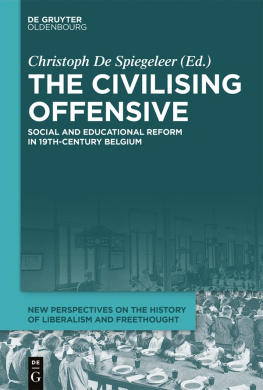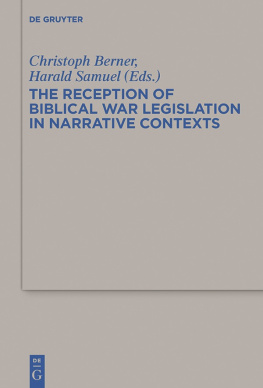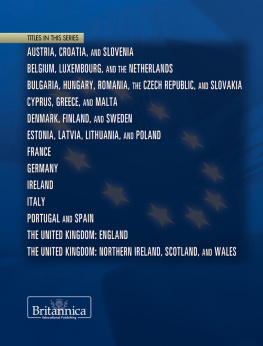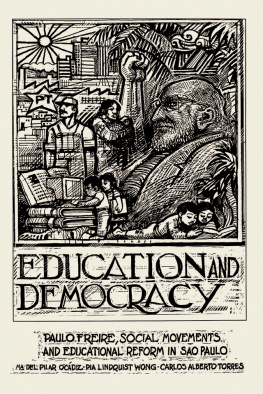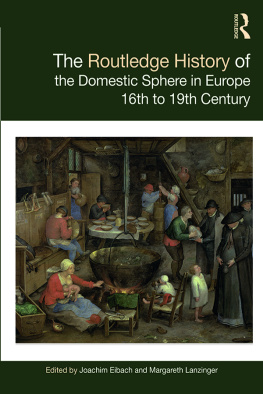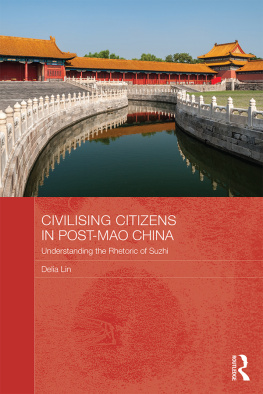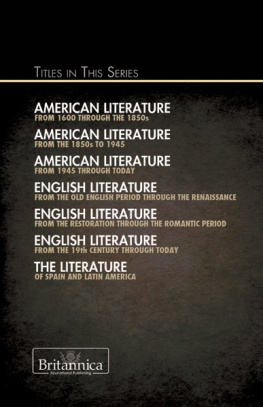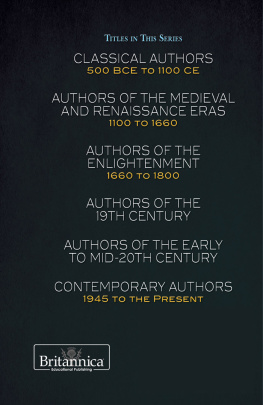1New Perspectives on Social and Educational Reform during the Long Nineteenth Century. An Introduction
This book is the first volume of a new academic series devoted to the results of scientific workshops and colloquia organised by Liberas/Liberaal Archief, the central archive and documentation centre of the liberal movement in Belgium/Flanders. Hence, educational reform initiatives can not be set apart from the social question, as education was considered to be one of the most efficient instruments for reform.
Civilising offensive, educationalisation and social legislation
Through a number of concrete case studies, all chapters in this volume contribute to a better understanding of the mechanisms behind the 19 th -century bourgeois civilising offensive. In the late 1970s-early 1980s, Dutch historians coined the term the bourgeois civilising offensive ( het burgerlijk beschavingsoffensief ). This referred to 19 th -century middle-class attempts to improve the fate of the lower classes, and raise them to a higher, civilised standard of conduct. Initiatives ranged from model factory villages to educational and recreational activities and health campaigns. on forces of organised virtue during the 19 th century.
The core of the Western civilising process is, in the judgment of Elias theory, a long-term development in emotion management, an increasing tendency towards self-control that started in the upper strata of society (in the Ancien Rgime the nobility, in the 19 th century the bourgeoisie) and spread over wider layers of the population through distinction and imitation. Elias civilisation theory permits little socio-historical differentiation and constitutes only one side of the history of educational and social reform, thereby neglecting the actual effects and impact of these external civilising forces on individuals. Even though few authors in this volume still explicitly use the term, a lot of the case-studies analysed here address various ambiguities of 19 th -century civilising activities and initiatives of bourgeois reformers, in particular with regard to their effects and target groups. Together they allow for a less one-sided take on the 19 th -century bourgeois civilising offensive.
When studying the 19 th -century bourgeois civilising offensive, we have to take into account various nuances. First, although the term civilising offensive has a military and disciplining connotation, this does not exclude the benevolent intentions of many reformers, as well as the fact that the new rules and behavioural standards were often in accordance with the wishes and interests of the working-class families concerned, without necessarily being coercive. This does not imply that the labouring poor were a blank slate without a culture and behavioural norms of their own. When using the concept of civilising offensive,we should leave room for failed effects of civilising strategies, caused by resistance or indifference. Due to a lack of sources, it is difficult to measure the effects and perceptions of the civilising offensive among the lower classes.
It is also important to note that the actions and initiatives instigated by reformers often had a multidimensional character. An example of an early 20 th -century social housing project that combined strategies of social and educational reform was the urban renewal program of the Istituto Romani di Beni Stabiliti . The Roman real estate association, founded in 1904, was engaged in the rehabilitation of housing in a depressed slum area in Rome by acquiring and re-modeling run-down city tenements. In 1907, the director general of the society, Eduardo Talamo (18581916), gave Italian pedagogue Maria Montessori (1870 1952) the opportunity to open a school in a large tenement house. The Casa dei Bambini welcomed poverty-affected children, from age three to seven. Montessori used the school to test and verify her educational theories.
, as the quantitative and qualitative expansion of the domain of educational/pedagogical theory and practice to numerous areas of everyday life.
In Belgium, progressive parts of the liberal bourgeoisie were at the vanguard of the educationalisation of the daily world of the workers and the broader civilising offensive. Nineteenth-century reformist and educational initiatives set up by social or progressive liberals ( progressistes ) have been the subject of research by both historians and pedagogues active in the field of history of educa of this volume explores the difficulties with which the local circles of this educational reform association, which tried to promote popular adult education through libraries and conferences, were confronted.
The importance of the progressive liberal belief in popular secular education as a means to moral and intellectual elevation of the working classes can also be seen in the organisation of the first holiday colonies by liberal philanthropic organisations in the late 19 th century, supported by liberal municipal authorities.
The process of educationalisation not only consisted of an increasing number of child-rearing institutions and educational programs but was also related
Children were not the only people who were subjected to the influence of educationalisation and civilising offensives. Chapters 6 and 7 stress how ideas of moral uplift and practical instruction were present in reformist initiatives sponsored by reformers and associations such as cits ouvrires modles , model housing quarters, and fourneaux conomiques , peoples kitchens. Reformers integrated down-to-earth activities such as working in the small garden of ones own house, or eating in a cheap popular restaurant, in the broader perspective of the moralisation and civilisation of the working classes. It was believed that maintaining gardens in model workers quarters of mid-century house building associations would keep labourers away from pubs and other immoral places. The food culture of cheap restaurants instigated by Dutch and Belgian social reformers was also explicitly presented as an alternative to drinking joints, with strict behavioural guidelines. Hence, both gardens and dining halls became informal educational spaces within the bourgeois civilising offensive.

